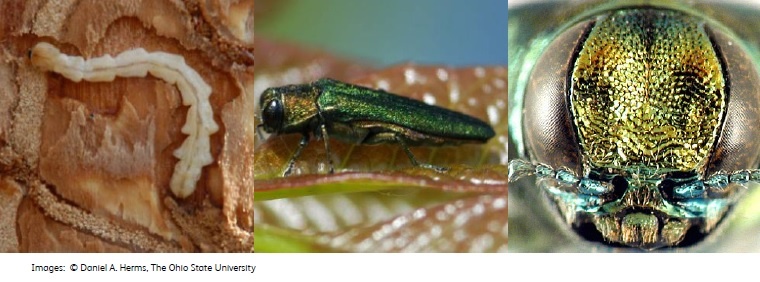null
Identifying genomic resources against pests and pathogens in tree genera: a case study in Fraxinus
Led by Dr Richard Buggs, Queen Mary, University of London
r.buggs@qmul.ac.uk
British ash trees are not only threatened by ash dieback (ADB), but also by the emerald ash borer (EAB) beetle which has killed tens of millions of trees in North America. In the long term, Britain needs ash trees that are resistant to both ash dieback and EAB. To achieve this, we need to study genes in the whole ash genus, which consists of about 50 species worldwide. Initial studies suggest that some of these species are resistant to either or both ADB and EAB due to co-evolution. This project will pioneer the application of a new method for finding the genes responsible for these traits. This works by building evolutionary trees for thousands of genes within the ash genus and examining how patterns of gene evolution fit with patterns of resistance to ADB and EAB. This evolutionary approach may allow us to identify the genes that may be involved in resistance.
For this method to work, accurate information is needed about the vulnerability of different ash species to ADB and EAB. To achieve this, the researchers will conduct an experiment in the USA looking at the susceptibility of ash species to EAB. A similar experiment will be carried out in the UK on clones of all the ash species available in British and Irish living collections. A social science study will complement the experimental work, discussing ways to enhance tree health in a manner that is socially and politically acceptable. If successful, these approaches can be used to tackle tree health issues in other tree species.
This project is in partnership with Dr Steve Lee, Forest Research and Dr Paul Jepson, University of Oxford.
